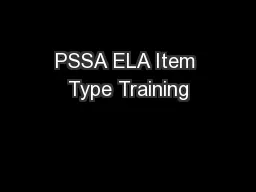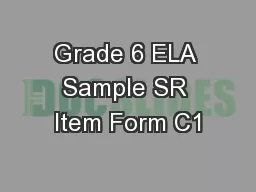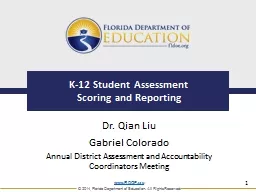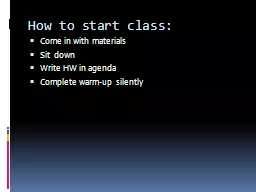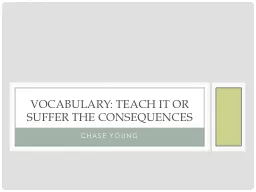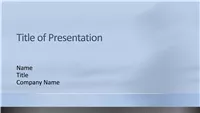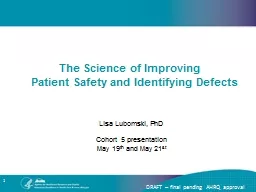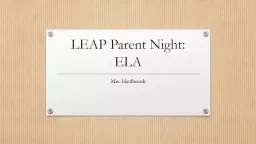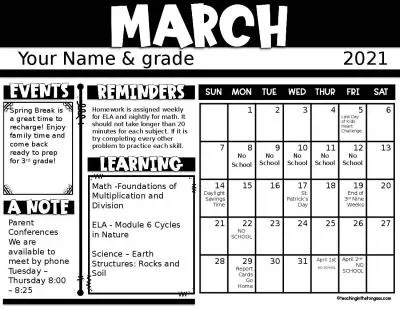PPT-PSSA ELA Item Type Training
Author : calandra-battersby | Published Date : 2017-09-25
TextDependent Analysis Created by Jeri Thompson EdD Senior Associate Center for Assessment Diane Simaska Pennsylvania Department of Education Presented by Andrew
Presentation Embed Code
Download Presentation
Download Presentation The PPT/PDF document "PSSA ELA Item Type Training" is the property of its rightful owner. Permission is granted to download and print the materials on this website for personal, non-commercial use only, and to display it on your personal computer provided you do not modify the materials and that you retain all copyright notices contained in the materials. By downloading content from our website, you accept the terms of this agreement.
PSSA ELA Item Type Training: Transcript
Download Rules Of Document
"PSSA ELA Item Type Training"The content belongs to its owner. You may download and print it for personal use, without modification, and keep all copyright notices. By downloading, you agree to these terms.
Related Documents

